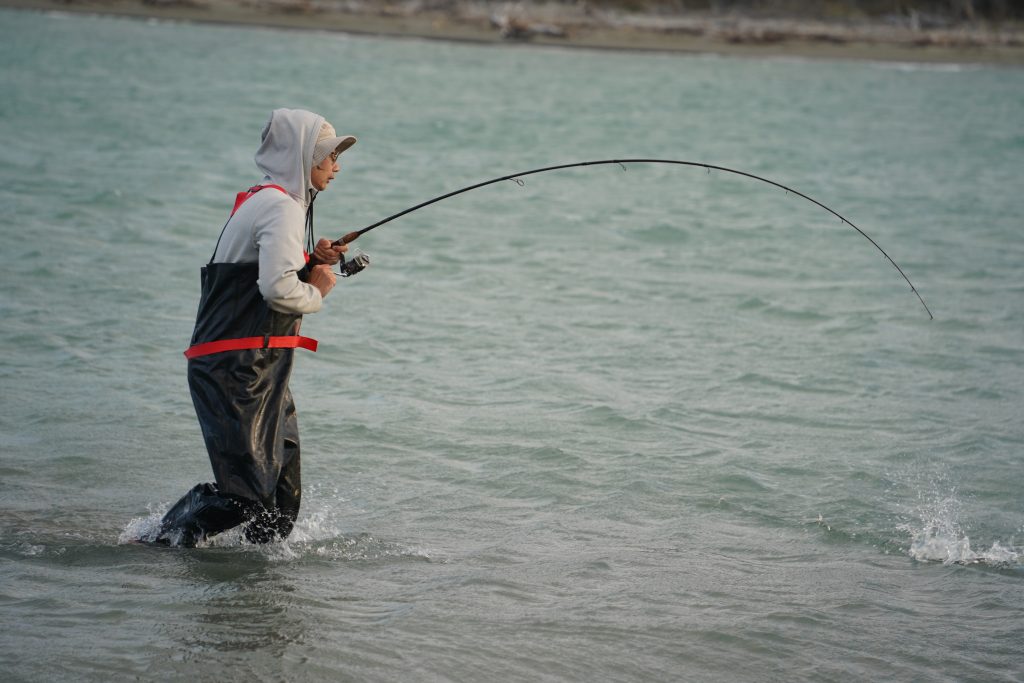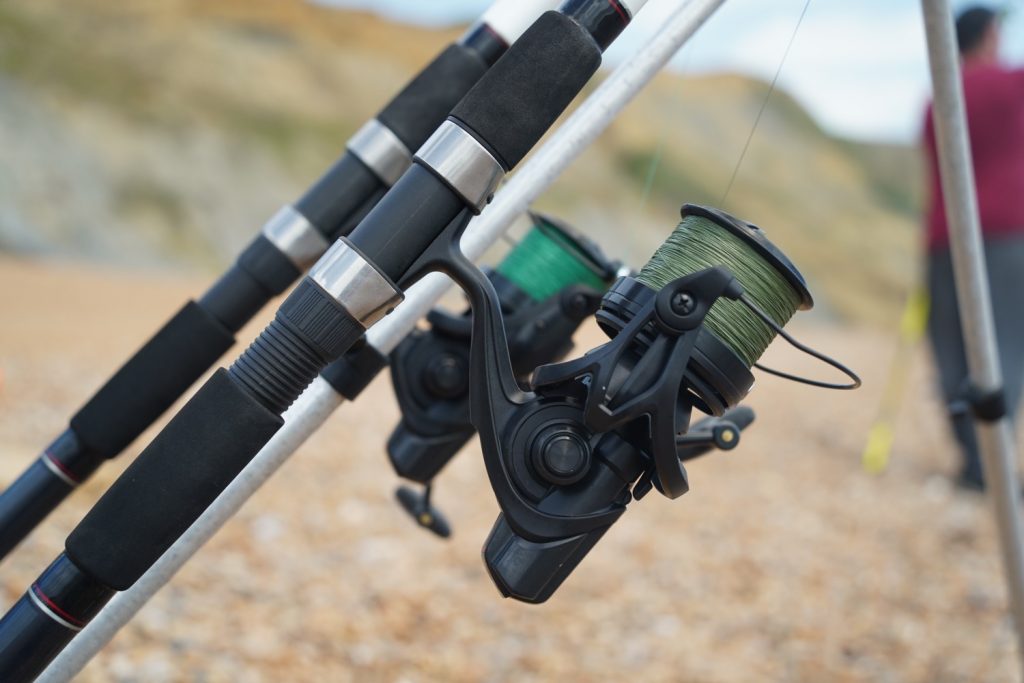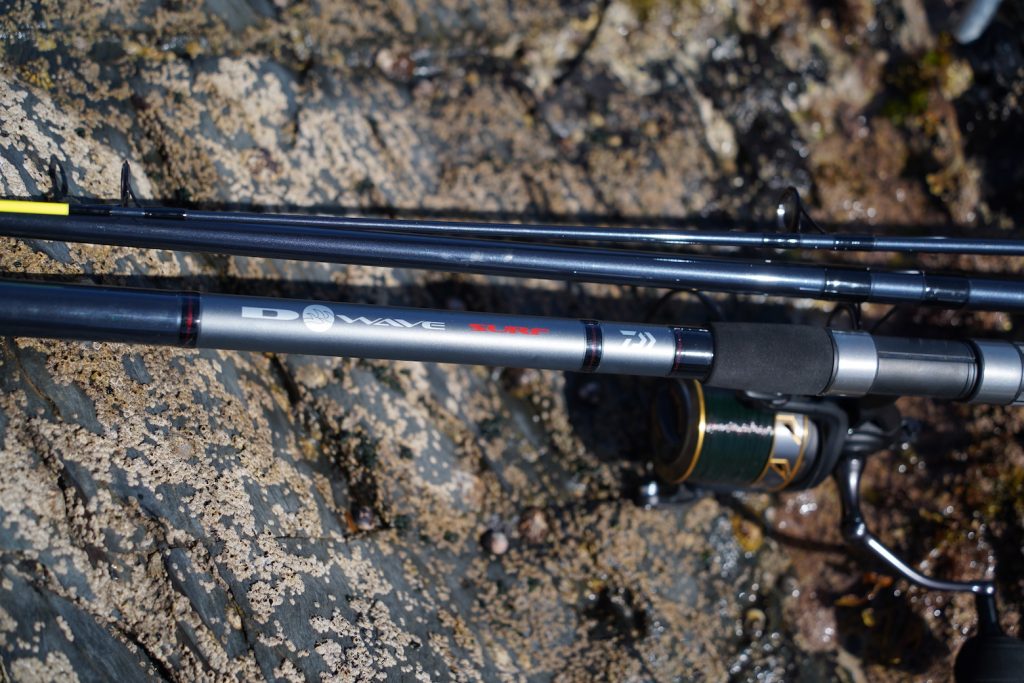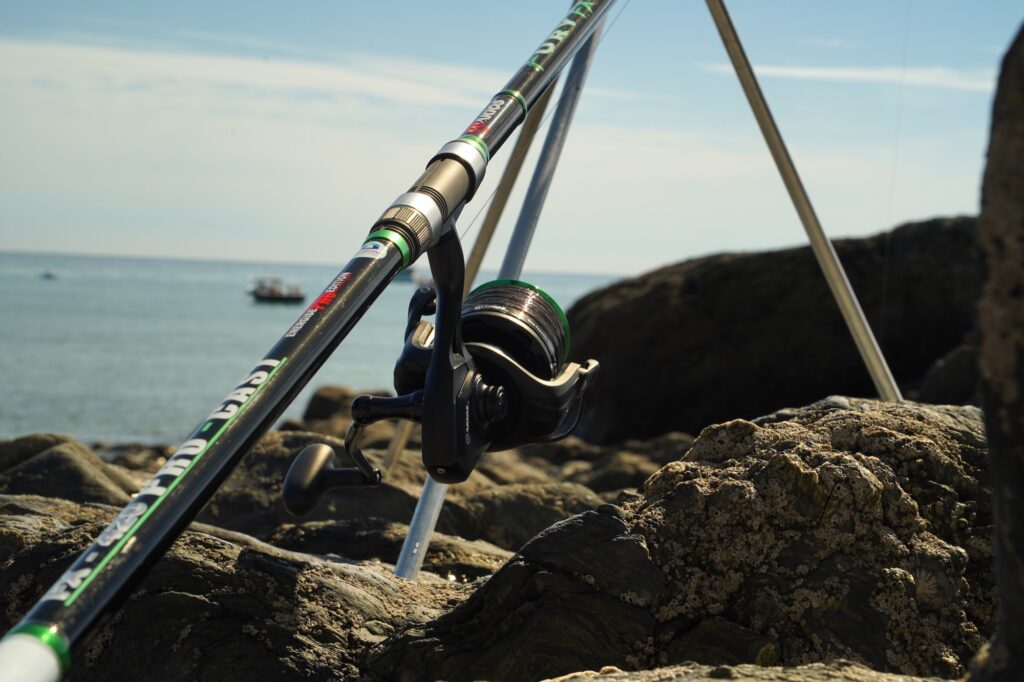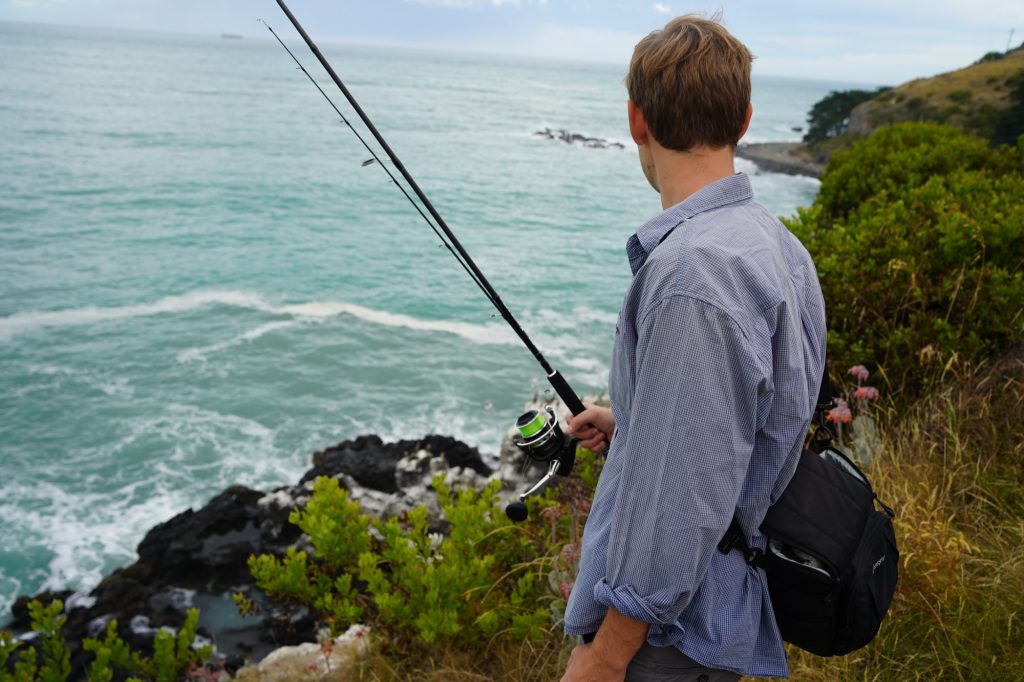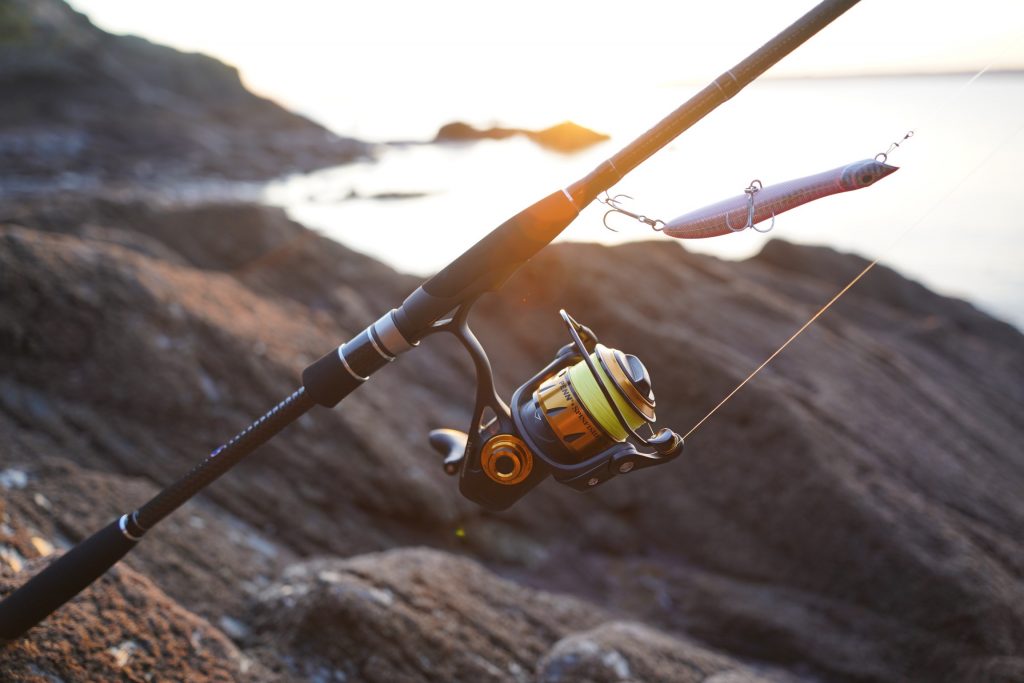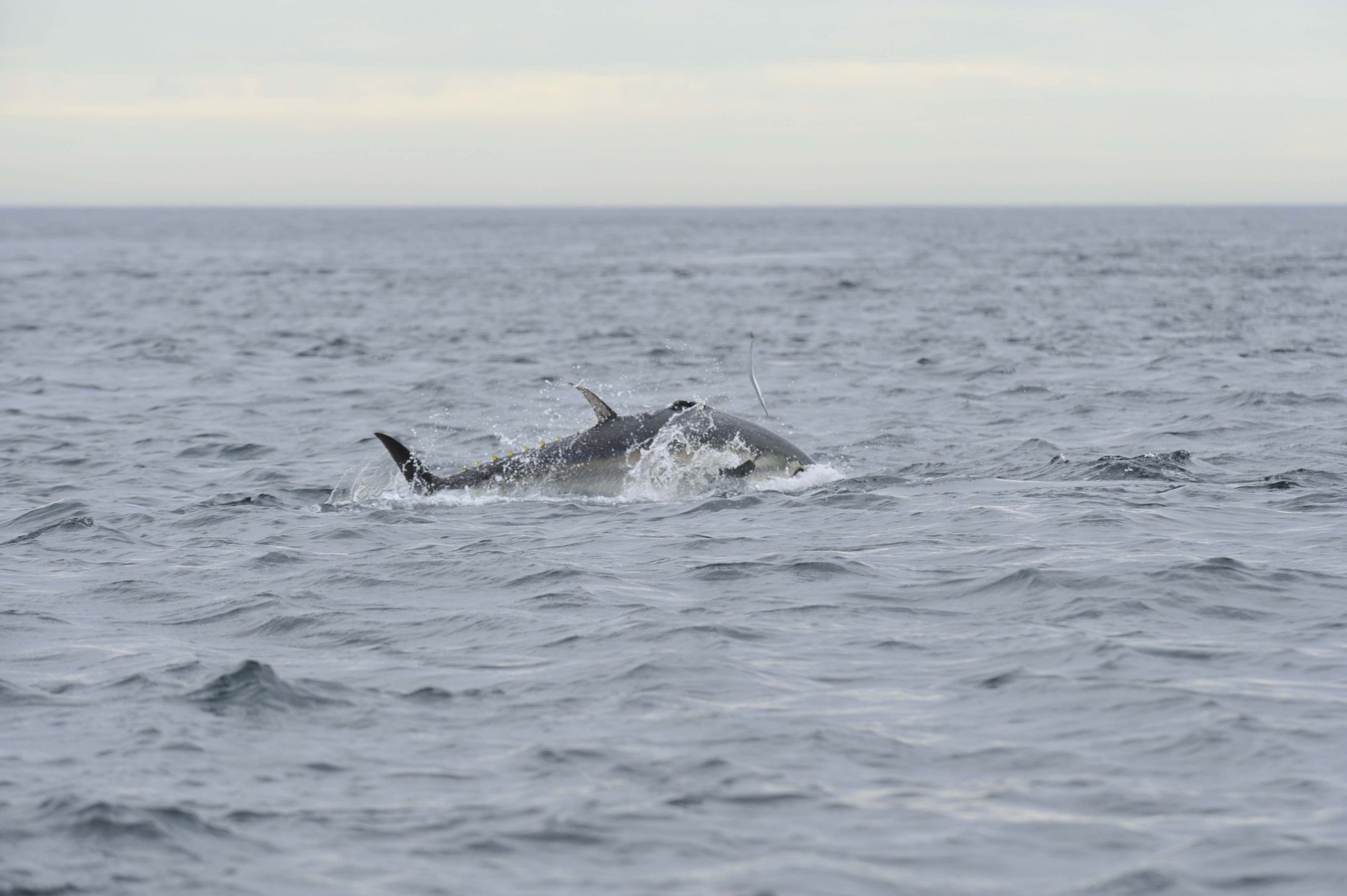
Credit: Diver & Photographer Charles Hood
Bluefin Tuna UK | 13 things for anglers to know
Bluefin tuna are gracing UK waters once more with a predatory presence and beauty unmatched by any other fish. The UK government is funding research to find out why. Anglers want in on the action. We can pay to catch, tag and release tuna on licensed boats with specially trained skippers. The future of this fish is uncertain. Will there be a sustainable recreational fishery? There are a lot of forces at play. Here are 14 things you might like to know.
13. Bluefin tuna will smash regular boat fishing gear to bits
Atlantic Bluefin Tuna are the largest species of tuna and can reach up to 4m in length, weighing well over 1000lb. Most of these fish cannot be landed with regular boat rods, conger rods or shark rods (at least without running the likely risk of leaving a hook in the mouth of this extraordinary fish). Rather, specialist tackle is needed and is used by those boats which are licensed to target and release the fish in the UK legally.
Bluefin tuna are a true pelagic fish, meaning they swim the open seas. They are also highly migratory, covering huge distances with their torpedo shaped bodies and veins pumping warm blood that allows them to hit high speeds very rapidly and maintain it without being limited by the temperature of the water around them. This warm bloodedness is also linked to their superior intelligence compared to other fish species. Naturally, many anglers will want to get in on the action, but the only way to do this is on a proper registered bluefin tuna boat that has the required tackle for the job and expertise in handling these fish.
12. Bluefin tuna used to be caught in the UK until the late 1960’s
Bluefin tuna used to be caught in the UK until the late 1960’s, by which point they had been fished into oblivion by commercial boats. They were a cheap fish at market, until the world realised that you have to eat them Japanese style – raw, as sashimi.
As the fish stocks plummeted to miserable lows in the name of exquisite sashimi, the International Commission for Conservation of Atlantic Tuna introduced a policy that divided the North Atlantic into two distinct populations of fish, with stricter restrictions for the western population. FISHMAG does not know what the impact of this policy was or if it is related to the rise in population in the UK.
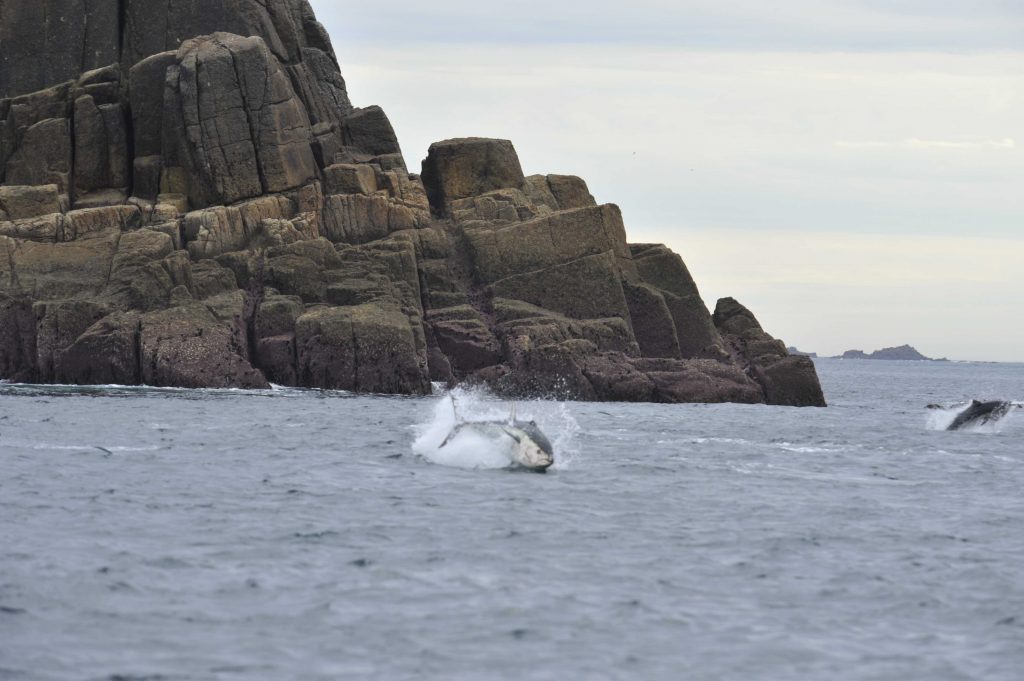
11. Bluefin tuna started returning to the UK in about 2014
The return of Bluefin Tuna in about 2014 (but not in decent numbers until 2018) has been accredited to improved international management of stocks. It may also be linked to the return of their prey species, the sardines and herring. Finally, increasing water temperatures could be increasing their range up north again, since their range in recent decades was focused around the Mediterranean.
10. Many anglers believe British waters are changing
There seem to be increased encounters with Saury, Bonito, Albacore, Couches bream and red mullet in the UK, and some believe this could be linked to the return of the Bluefins somehow. We interviewed Charles Hood, a wildlife photographer from Penzance, who says there is a loss of basking sharks in great numbers off the coast of Cornwall. It would be interesting to know if with the rise of fishing Facebook groups, we now hear more often about unusual catches. Are there more non-British species in our waters now than in the past, or are these unusual catches just reported more often now everyone has a camera in their pocket?
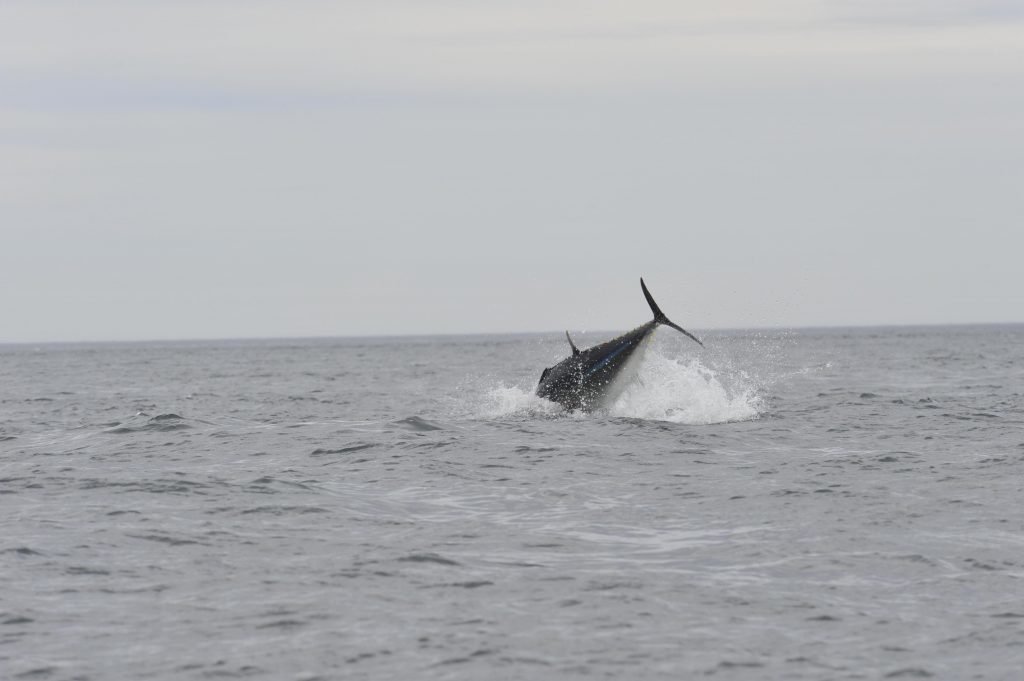
9. Bluefin tuna fishing is legal for licensed boats
It’s illegal to target tuna unless you pay to go on a licensed boat, and all the recreational fishing is to be catch and release. DEFRA collected data with fish tagging and reached the conclusion that the a catch and release BFT fishery was sustainable (presumably because fish mortality rates were very low and/or total number landed was low compared to the total population).
These boat trips are quite pricey, in part because you have to burn a lot of fuel trolling in a reasonable sized vessel to land these fish reliably.
8. Bluefin tuna eat mostly small oily fish, the season begins when the baitfish arrive
For their great size, their prey consists of relatively small fish, In Cornwall, they are feeding on sardines. In other parts of the UK, it’s herring. They also feed on mackerel.
Bluefin Tuna appear in Cornish waters when the sardines do, so the timing is different each year. They are present in greatest numbers August to the end of October, but are still around into December and start arriving in July.
7. In the Mediterranean the minimum size for Bluefin tuna is 66lb
The minimum size in the Mediterranean for landing this fish commercially is 66lb. It must be hard to sustain fish stocks with that many distinct countries that love eating fish all bordering the same sea! Game theory nightmare.
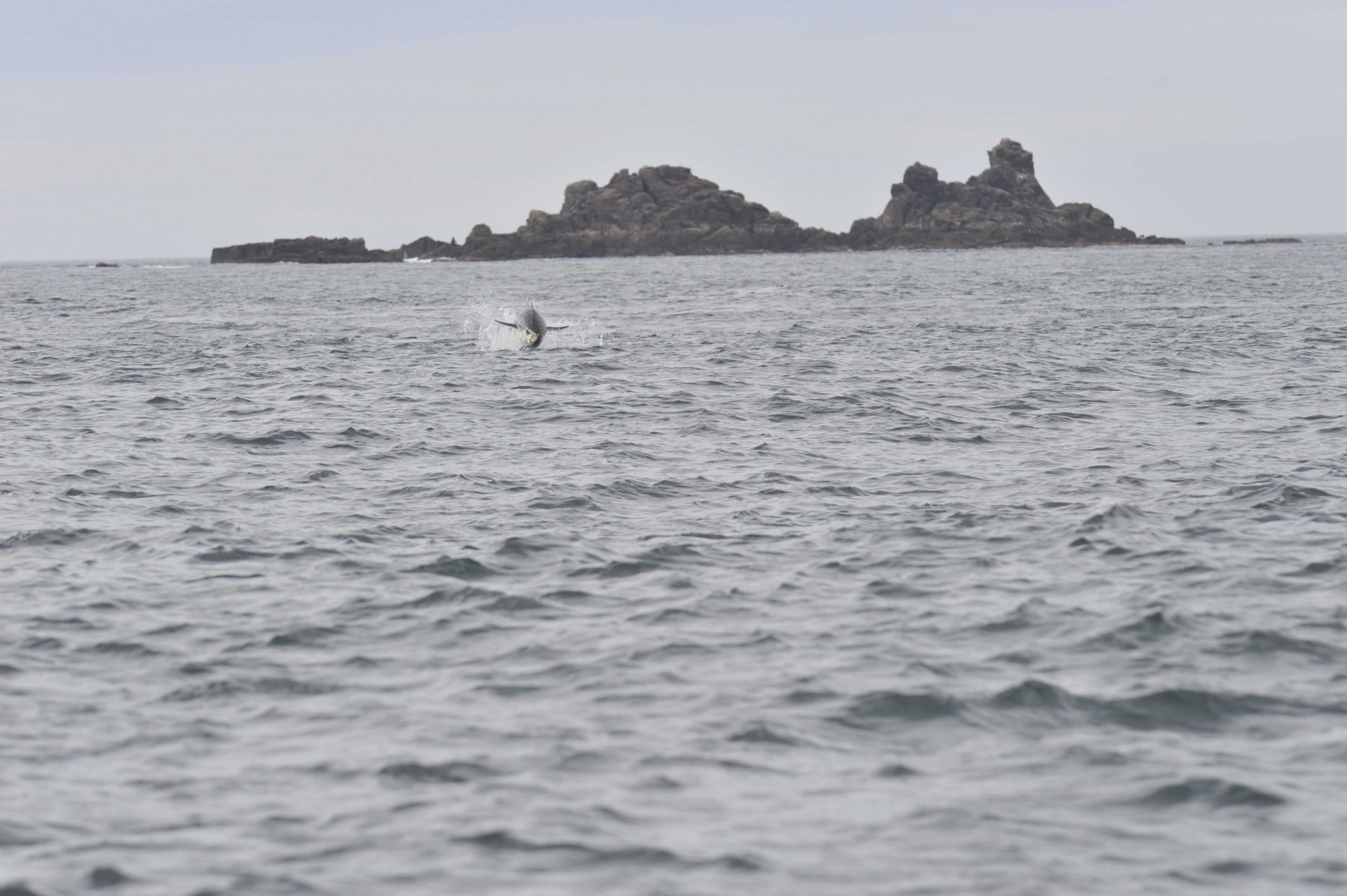
6. Bluefin tuna can weigh over 600kg, more than half a baby Elephant
Atlantic bluefin tuna average 2 – 2.5m in length (some reach 4m) and weighing over 600 kg they are often mistaken for dolphins from a distance due to their immense size.
5. It’s illegal to kill Bluefin Tuna in the UK, unless you’re part of the trial commercial fishery.
From 2021 the UK government allowed commercial fishermen who accidentally catch Bluefin Tuna to land one fish per day per boat. Some have said the fish are only caught as bycatch when ring netting for herring. Recreational boats that are part of the CHART scheme for tagging the fish are also allowed to land these fish if they would not survive release, but their bodies had to be sent to scientists.
The justification for the targeting of these fish by paying recreational anglers was that it provides data for CEFAS’ CHART scheme, which is funded by DEFRA – the UK government. They wanted more data on these fish to try and understand why they have returned and what the implications are for future fisheries management.
Now in 2024, the go ahead has been given for a recreational fishery and a trail commercial fishery.
4. The UK Bluefin Tuna Association helped negotiate angling permissions with DEFRA
An angling group called the UK Bluefin Tuna Association was involved with negotiating angling permission with DEFRA, and succeeded with the CHART scheme allowing recreational anglers to target the fish with qualified skippers.
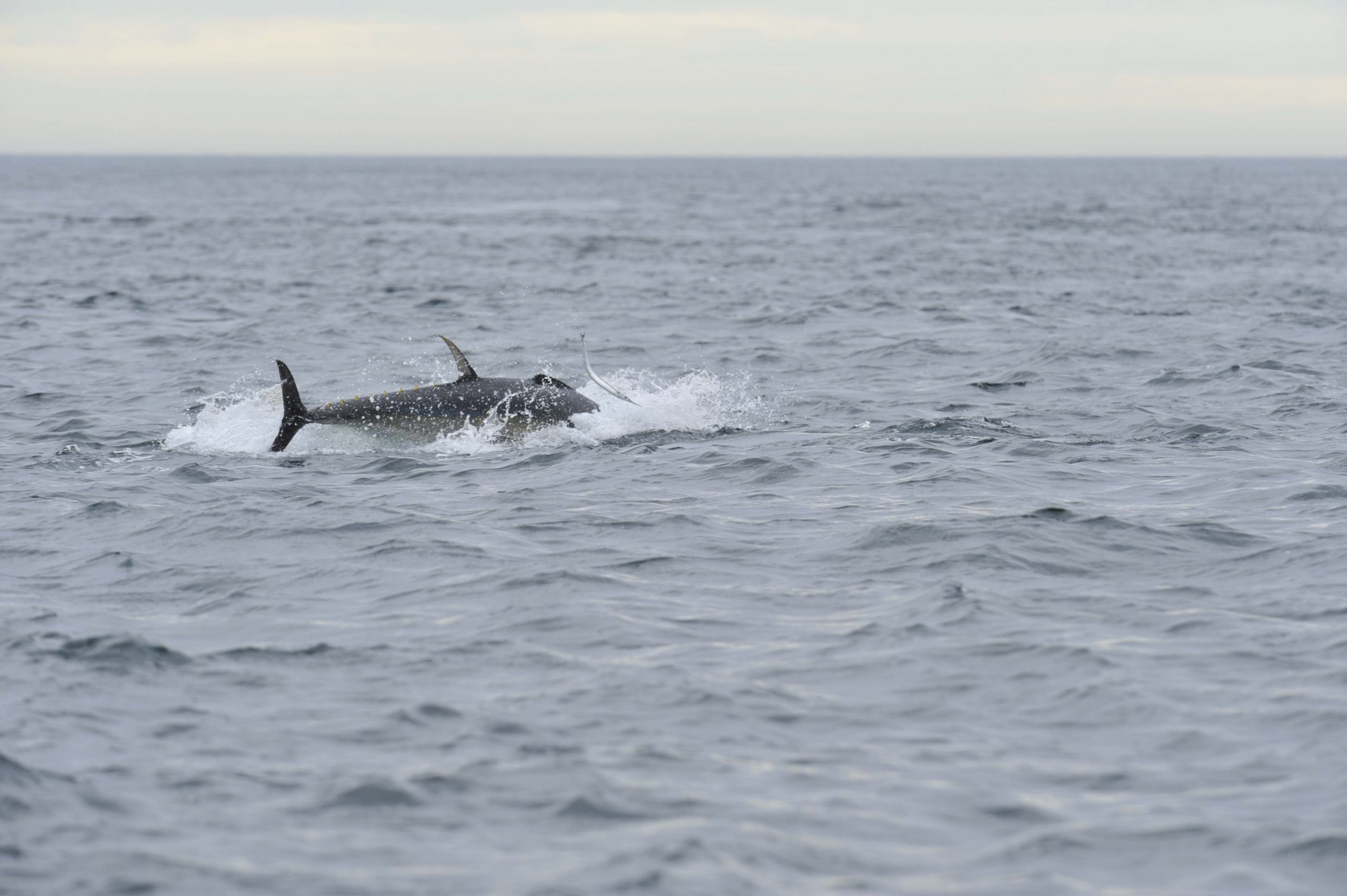
3. The CHART scheme allows anglers to catch the fish if they tag them
CEFAS, the Centre for Environment, Fisheries and Aquaculture Science are running a scheme called the CHART scheme (catch and release tagging programme). The purpose of this is to collect data to understand why the Tuna have come back. Currently, nobody knows why, which means it’s hard to say if they will stick around. It’s hard to create policy with limited information.
2. In 2022 there were 25 vessels as part of the scheme
In 2022, there were 25 vessels as part of the scheme. The boats are allowed to operate commercially, with prices of about £500 per person being common, for a few hours targeting the fish. It’s tricky to get onto one of these boats because they book up in advance.
1. The Bluefin Tuna Season in 2022 was August to December.
The Bluefin Tuna fishing season set by CEFAS was 15th August to 11th December 2022. This coincides with the peak tuna season, but begins a while after the actual arrival of the fish, which occurs earlier in summer.
The best bass rods | Finding your next stick
The best bass rods | Finding your next stick The most common bass fishing setup…
The best beach casting reels, and how to find yours
The best beach casting reels, and how to find yours Beach casting reels have to…
Sea fishing starter kit | beginners set up
Sea fishing starter kit | beginners set up First, I will explain the three main…
Beachcasting rods | Find the best
Beachcasting rods | Find the best A beachcasting rod is specifically designed for casting from…
A Brits Guide to Travel Rods
A Brits Guide to Travel Rods If you have ever been looking into calm pristine…
Recommended Spinning Reels
The best spinning reels in the UK In spinning reels and in life, a flashy…

